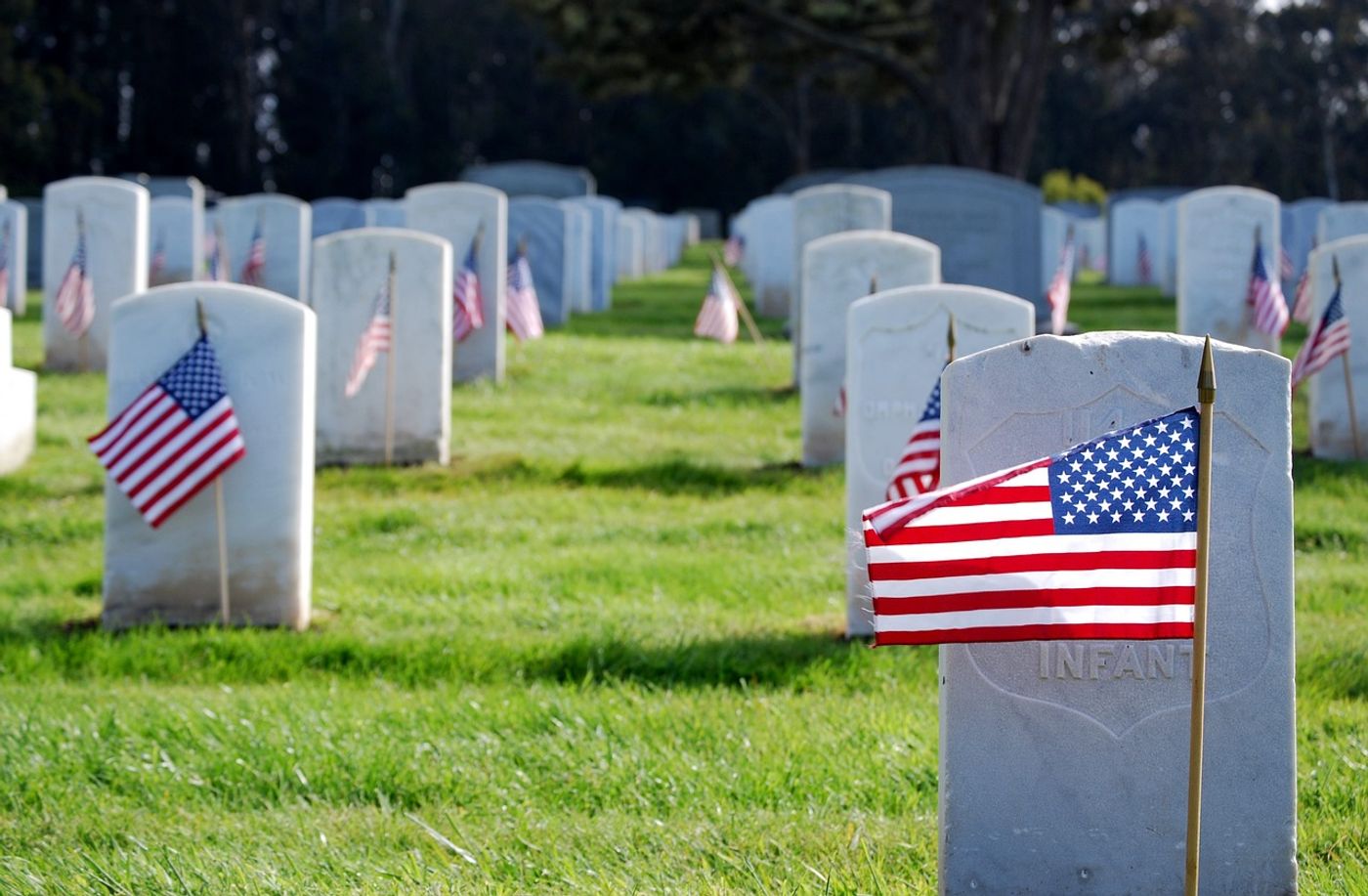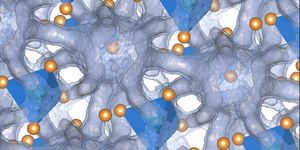Memorial Day and Cancer Risk Among US Veterans
Today Americans celebrate Memorial Day in honor of military men and women who have lost their lives while serving the United States. Originally known as Decoration Day, national observations first began in 1868 to recognize those who died during the Civil War.
Before the inaugural national observance, many cities across the county held ceremonies and community events to honor locals who did not come home after fighting in the war. One of the earliest Memorial Day observances occurred in May 1865 in Charleston, South Carolina when thousands of recently liberated enslaved men and women honored the Union soldiers buried in mass graves.
On May 30, 1868, General (and future President) James Garfield spoke at Arlington National Cemetery. The 5,000 visitors present for this first national recognition of Decoration Day (which included another future President General Ulysses S. Grant), then decorated the gravestones of over 20,000 Civil War soldiers. For several decades, Americans celebrated Memorial Day on May 30, a date strategically chosen by General John A. Logan, as no battles had taken place on this day.
Memorial Day eventually evolved to honor military men and women who lost their lives in all wars. In 1971, the Uniform Monday Holiday Act declared the last Monday in May a federal Memorial Day holiday. While many people take advantage of the three-day weekend to travel and host parties and barbecues, we should all take some time to remember those who gave their lives for us to be able to enjoy these fun activities!
Science has advanced substantially since the times of the Civil War. We have become aware that even military veterans that do not die on a battlefield can experience ongoing hardships- some visible and some invisible- that increase mortality risk above that of the civilian public.
In addition to an elevated risk of suicide, veterans experience high incidence and mortality of many types of cancer. The cancer risk experienced by veterans occurs based on several exposures common to large groups of military personnel, as recognized by the US Department of Veterans Affairs (VA).
Agent Orange
During the Vietnam Way, the US military started using herbicides, including Agent Orange, to control vegetation, including jungle plants that could hide opposing soldiers and limit the food supply of the Vietnam forces. In addition to Vietnam veterans, those serving in the Korean War or working on crews transporting and spraying these chemicals experienced harmful exposures. Agent Orange exposure is associated with numerous malignancies, including bladder and prostate cancers, leukemia, multiple myeloma, lymphoma, and soft tissue sarcoma.
Airborne Hazards and Burn Pits
Breathing air contaminated with toxic substances, such as smoke, sand, dust, air pollution, and fuel and aircraft exhaust, has also put many military members at elevated cancer risk. The smoke and fumes generated by burn pits commonly used in Iraq and Afghanistan have become a particularly concerning exposure in recent years. The VA considers many types of cancer, including brain, gastrointestinal, kidney, lymphoma, head and neck, pancreatic, and lung cancers, presumptive conditions of airborne hazard and burn pit exposure.
Radiation
US military members can experience high exposure to radiation from various sources, putting them at increased risk of cancers of the bladder, liver, pancreas, stomach, and thyroid, along with leukemia, lymphoma, and multiple myeloma. A recent study released by the Department of Defense reported that aircrew and groundcrew members of the military experienced higher cancer rates than the general population. While this study did not focus on the causes of the increased cancer rates, the military members evaluated had high radiation exposure.
Sources: New York Times, Ann Epidemiol, Urol Oncol, Eur J Epidemiol, BMJ, Fed Pract, Ann Psychiatry Clin Neurosci, Air Space Forces Mag









